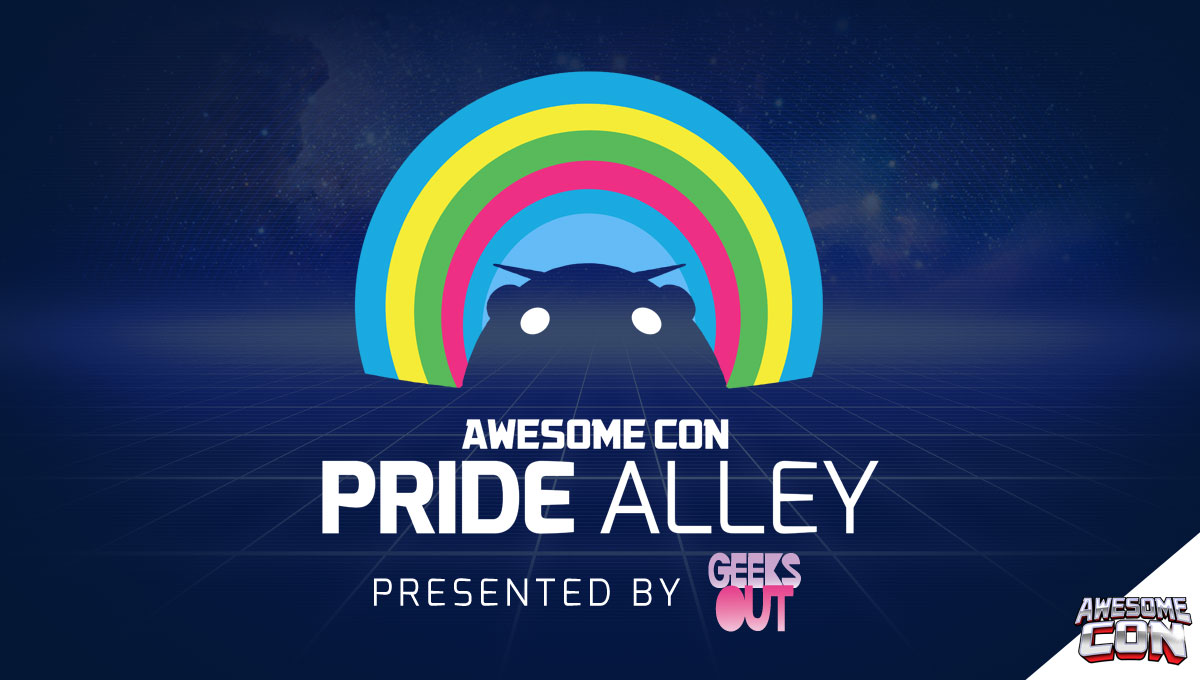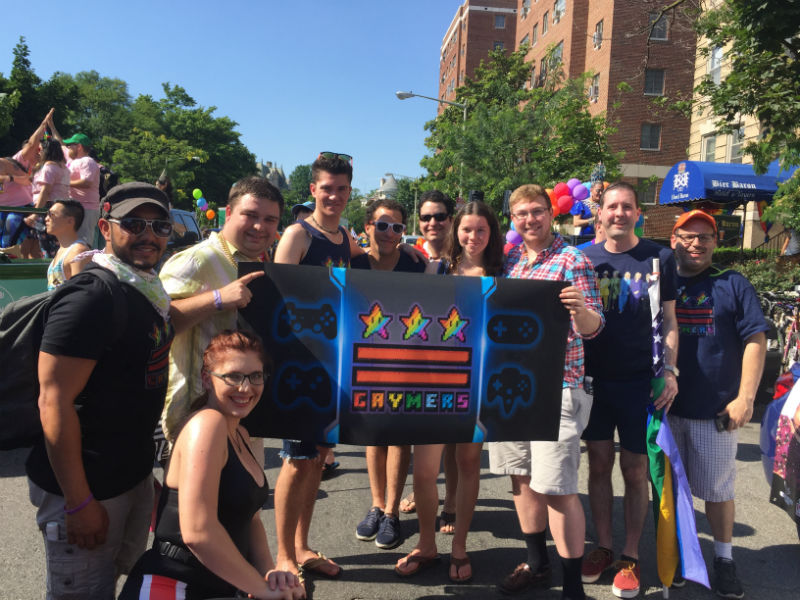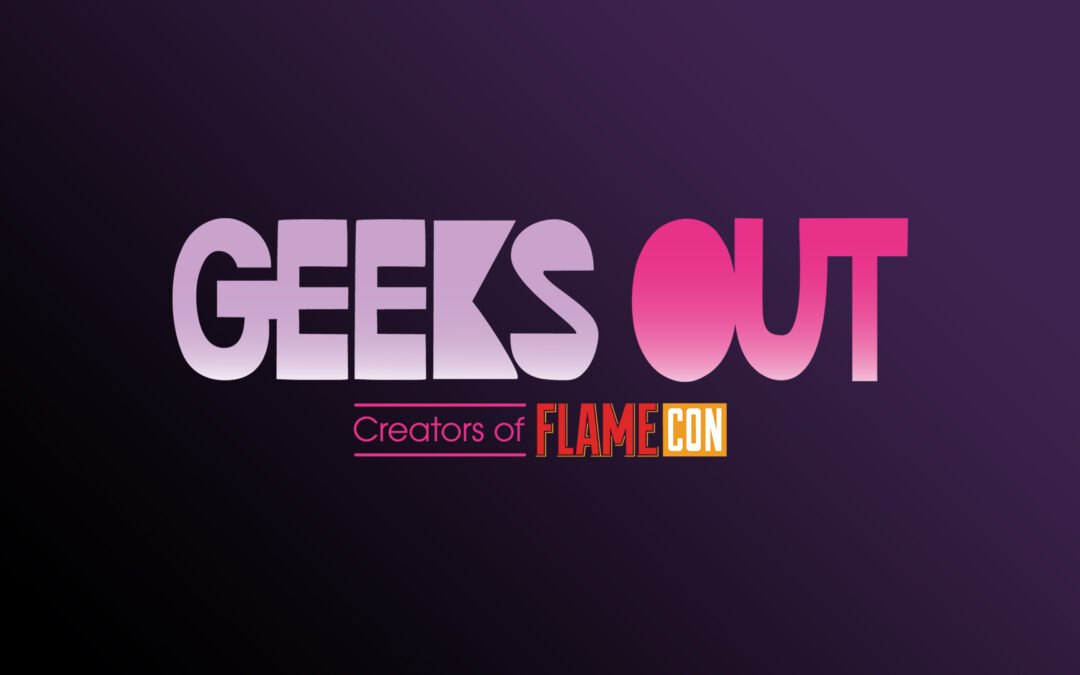
by Nic Gitau | Mar 29, 2018 | Press
Pride Alley Co-presented by Geeks Out, curators of New York’s LGBTQ-themed convention Flame Con, Pride Alley is a full section dedicated exclusively to LGBTQ creators. Awesome Con will also host more than a dozen LGBTQ panels, including “Star Trek Discovery & A...

by Nic Gitau | Mar 27, 2018 | Press
Video games and comic books have long been thought of as the province of white, straight, cisgender men. But Miguel Miranda, administrator of the DC Gaymers social group, knows better. “For a lot of queer gamers, gaming is a part of how we dress, how we interact, how...

by Geeks OUT | Mar 19, 2018 | Blog
Queer content is at its truest when it’s created by queer artists, writers, designers, or other creators. Stories written by people outside of the queer experience tend to be full of tropes and wild inaccuracies. And it’s difficult to get queer content to...

by Geeks OUT | Mar 7, 2018 | Blog
With Black Panther breaking records and the character promising to be the best part of Infinity War, Hollywood and geek culture are learning a lesson about the value of representation. Unfortunately, Black Panther will be appearing alongside my personal least favorite...





